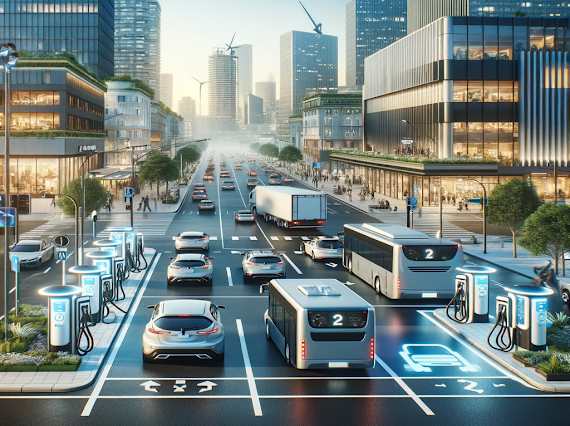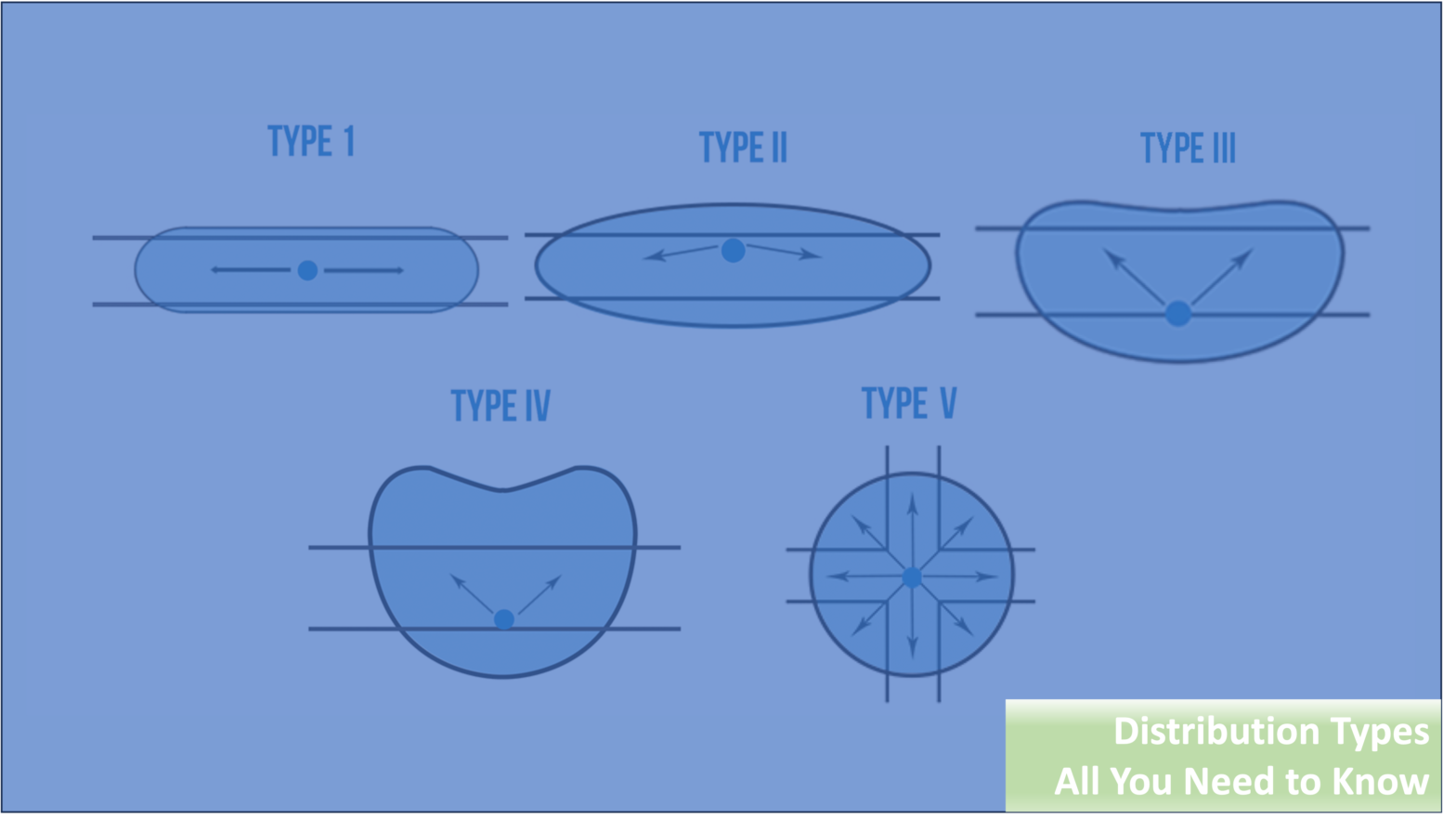The End of Incandescent Bulbs: Explore Energy-Efficient Alternatives
Incandescent light bulbs, those warm and familiar sources of illumination, have been a staple in homes and businesses for over a century. However, the era of incandescent bulbs has come to an end as the world moves towards more energy-efficient lighting solutions. In this article, we’ll explore the top 5 most searched terms related to the discontinuation of incandescent bulbs, including the ban, phase-out, replacements, LED vs incandescent, and energy-efficient alternatives. Get ready to say goodbye to your old, inefficient light bulbs and embrace the future of lighting technology.
The Ban on Incandescent Bulbs: The Writing is on the Wall
The ban on incandescent bulbs, also known as the phase-out, has been implemented to encourage the use of more energy-efficient lighting solutions. This ban is aimed at reducing greenhouse gas emissions and saving energy. As a result, traditional incandescent bulbs are no longer being manufactured or imported in many countries, including the United States and the European Union. Consumers and businesses alike will have to transition to alternative lighting solutions in the coming years.
The Incandescent Bulb Phase Out: A New Era in Lighting Technology
The phase-out of incandescent bulbs is a gradual process that began a few years ago and will continue over the next few years. The timeline of the phase-out varies by country, but the end result is the same – incandescent bulbs will no longer be available for purchase. The impact of the phase-out on consumers and businesses is significant, as it requires a transition to more energy-efficient lighting solutions. Alternatives to incandescent bulbs include LED light bulbs, CFLs (compact fluorescent lamps), and halogen bulbs, which are much more energy-efficient and have a longer lifespan.
Replacing Incandescent Bulbs: LED Light Bulbs are the Future
One of the most popular replacements for incandescent bulbs is LED light bulbs. LED stands for light-emitting diode, and these bulbs use significantly less energy than incandescent bulbs while providing bright and long-lasting illumination. The switch to LED light bulbs is not only good for the environment, but it also saves money in the long run, as LED bulbs have a much longer lifespan and lower energy consumption.
LED Light Bulbs vs Incandescent: A Tale of Two Bulbs
LED light bulbs and incandescent bulbs may look similar, but they differ significantly in terms of energy efficiency and lifespan. Incandescent bulbs are cheap and widely available, but they are incredibly inefficient, converting only about 5% of the energy they use into light, with the rest lost as heat. On the other hand, LED light bulbs are highly energy-efficient, converting about 85% of the energy they use into light. LED bulbs also have a much longer lifespan, with some models rated to last for up to 25 years, while incandescent bulbs typically last for only a few months.
Energy Efficient Light Bulbs Incandescent Replacement: The Time is Now
In addition to LED light bulbs, there are other energy-efficient light bulb options that can replace incandescent bulbs. These options include CFLs, halogen bulbs, and even smart bulbs that can be controlled by a phone or voice-activated device. When choosing an energy-efficient light bulb, it’s important to consider factors such as brightness, color temperature, and lifespan. The bottom line is that switching to energy-efficient light bulbs is good for the environment and your wallet, and the time is now to make the switch.
FAQ – The Ban on Incandescent Bulbs
- Are incandescent bulbs being banned?
Yes, unless you are in some states where they are already banned, the U.S. has banned the sale of most incandescent and halogen bulbs. Matter of fact, Governments around the world, including the United States and the European Union, have banned the manufacturing or importing of traditional incandescent bulbs to promote the adoption of more energy-efficient lighting technologies.
- How long will incandescent bulbs be available?
Incandescent and halogen bulbs will be available until August 1, 2023. It’s likely that they will become increasingly difficult to find as the focus on energy-efficient lighting continues to grow.
- Why were incandescent bulbs banned?
Incandescent bulbs were banned due to their low energy efficiency. These traditional light bulbs convert only about 5% of the energy they consume into light, with the rest lost as heat. The ban was implemented to encourage the use of more energy-efficient lighting solutions and reduce greenhouse gas emissions, as well as save energy.
- What are the new light bulb rules?
The technical requirements for new light bulbs in the U.S. are outlined by the Department of Energy (DOE) and are designed to promote energy efficiency. The DOE has set energy efficiency standards for light bulbs that take into account factors such as brightness, energy use, and lifespan. In general, new bulbs must meet an efficacy level of 45 lumens per watt, making it difficult for incandescent and halogen bulbs to meet the new laws.
As the world shifts away from traditional incandescent light bulbs, it’s important to understand the various options available for energy-efficient lighting solutions. To make this complex transition a little easier, we’ve put together a handy comparison table highlighting the key differences between incandescent bulbs and the current leading alternative, LED lights. With this information, you’ll be able to make an informed decision about which lighting choice is best for you and your home. Get ready to delve into the world of bright and efficient illumination!
Feature | Incandescent Bulbs | LED Alternatives |
Energy Efficiency | Low | High |
Cost | Low | Moderate |
Lifespan | 1,000 – 2,000 hours | 25,000 – 150,000 hours |
Brightness | Warm and Soft | Bright and Efficient |
Environment Impact | High (heat production and carbon footprint) | Low |
Dimmability | Yes | Yes |
Conclusion
In conclusion, the phase-out of incandescent light bulbs is a necessary step towards a more energy-efficient and sustainable future. With the rise of LED technology and other energy-efficient lighting solutions, there are now many options available to consumers that are not only better for the environment but also more cost-effective in the long run.
While the transition away from incandescent bulbs may require some adjustments and investments in the short-term, the benefits of energy-efficient lighting are undeniable. From lower utility bills to a reduction in carbon emissions, the switch to LED and other energy-efficient lighting technologies is a smart choice for both individuals, the economy and the ecosystem as a whole.
EnergyWise Solutions works with architects, engineers, business owners, and contractors to create exceptional spaces with energy-efficient LED lighting solutions, lighting controls, and automated building controls. We support our clients with services that include design, rebate administration, and negotiated utility discounts to guarantee successful outcomes and maximize savings. Our network includes trusted manufacturers of wireless control components and wireless control systems, and our team is experienced in designing, start-up, and commissioning custom energy solutions and control systems for all buildings.
Scott Van Kerkhove is the CEO of Energywise and writes on topics and issues surrounding the lighting and controls industry, energy management, profitability and sustainability. Find me on LinkedIn – Author: Scott Van Kerkhove







